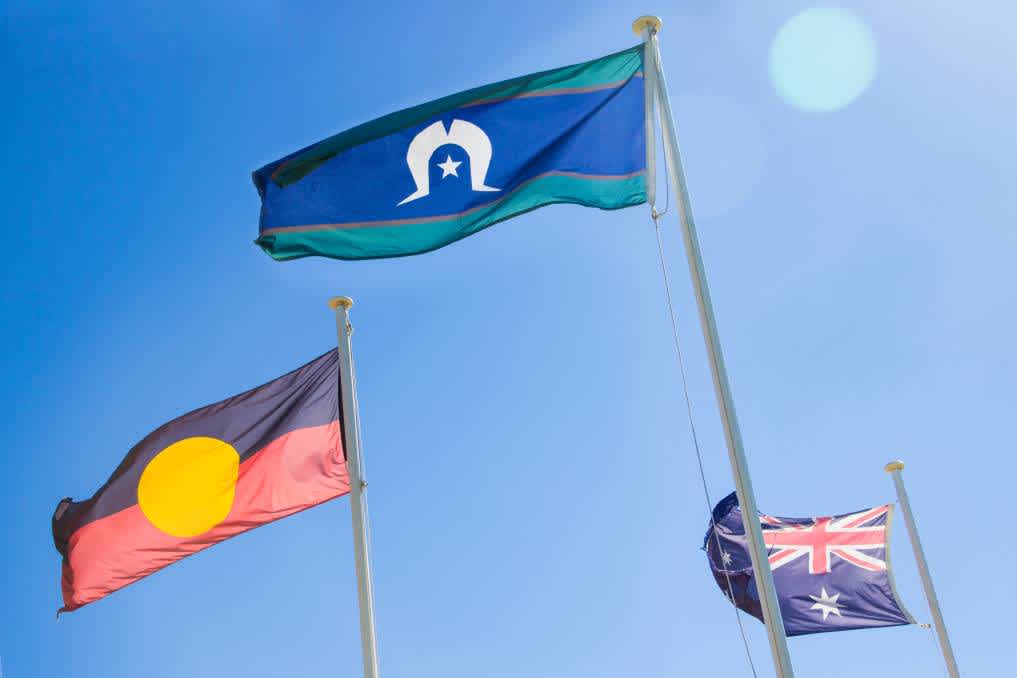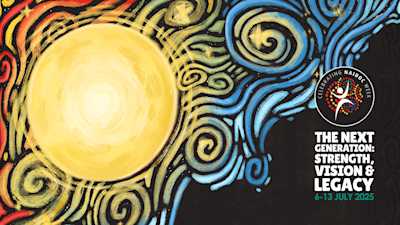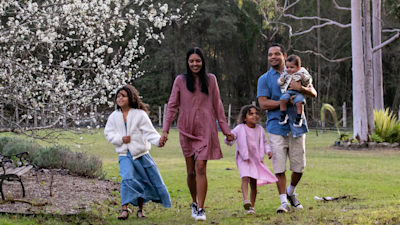Emma’s school used to fly only the Aboriginal flag and the Australian flag. Now, thanks to the six-year-old’s clever questions and pride in her culture, that has changed.

Everyone has their own unique story to tell - today, meet Emma. Emma* identifies as Torres Strait Islander. She lives with her sister in out-of-home care in regional New South Wales. Even though Emma does not know details of her own Torres Strait Islander family history, she is very proud of her cultural identity.
The staff at Emma’s school met with her before she started school to get to know her better. In their first meeting, Emma’s love and a deep curiosity for her culture was evident. They asked Emma what she most wanted to learn and she asked them endless questions about her culture.
“I want to know what the colours in the Torres Strait Islander flag represent. What does all this stand for?” she asked, pointing to the symbols in the picture of a Torres Strait Island flag.

Image: The Aboriginal, Torres Strait Islander and Australian flags. Photo from Shutterstock.
The Torres Strait Islander flag has three horizontal panels, with green at the top and bottom and blue in between. These panels are divided by thin black lines. A white Dhari (traditional headdress) sits in the centre, with a five-pointed white star beneath it. The meanings of the colours in the flag are:
Green - represents the land.
Black - represents the Torres Strait Islander peoples.
Blue - represents the sea.
White - represents peace.
Emma's thirst for knowledge and cultural pride prompted the school to make two changes. The school changed its lesson plans to include Aboriginal and Torres Strait Islander education. All of the children are now taught about Torres Strait Islander culture in the curriculum.
Secondly, with Emma’s input, the school went to the Department of Education to advocate for the Torres Strait Islander flag to be included at the school. Today the Torres Strait Islander flag flies permanently alongside the Aboriginal and Australian flags at Emma's school.
“I love going to school and seeing the Torres Strait Islander flag out there,” said Emma.
Emma’s love and pride in her culture is aided by Life Without Barriers’ specialist Cultural team, who work with Emma’s case manager and care team. While Emma’s own Torres Strait Islander cultural roots have yet to be identified, she is learning about the Country where she lives and has developed cultural ties, connecting her to the local community. Importantly, this has allowed her to share her cultural knowledge with her younger sibling.
“Emma takes her role as a big sister very seriously. She explains culture in a way that her younger sister will understand. Emma is both the student and the teacher,” said Adam Towney, Cultural Support Specialist.
“Even at her young age, Emma knows who she is and has a strong spiritual connection to culture."
"Without her, there was never going to be Torres Strait Islander culture taught, nor the Torres Strait Islander flag flying at her school,” said Adam.
Life Without Barriers has committed to transfer out-of-home care services for Aboriginal and Torres Strait Islander children to Aboriginal and Torres Strait Islander community control within 10 years. You can read about our partnership with SNAICC here.
*Names have been changed to protect the children in this story.


